Bērzaune medieval castle ruins
It used to be the Tiesenhausen castle of the vassals of the Riga archdiocese in the 14th-16th centuries. Nowadays, only the ruins can be found in Bērzaune since the beginning of the 18th century.
The castle ruins are open to a large number of visitors. There is a small parking lot in the area.
After the division of Letija in 1229, the archbishop of Riga gave the conquered Berzaune city-state of Jersika (Letija) to his vassal Tiesenhausen. The castle was built before 1382 on an ancient Letgali mound, which was located by the ancient road from Koknese to Cesvaines castle and further to the lands of Tālava. Its first owner was the vassal of the Archbishop of Riga, Bartholomeus von Tiesenhausen. In 1469, the castle buildings, the gates, the bridge in front of the castle, the rampart and the mill lake were described. The lords of Bērzaune region also owned the manors of Tirza, Kalsnava, Vējava and Aduliena.
According to the Rusov Chronicle, the castle was captured and looted by the troops of Russian Tsar Ivan IV during the Livonian War in 1577. It was occupied by the troops of the Polish-Lithuanian Commonwealth in 1578. King Stefan Bathory returned it to Heinrich von Tiesenhausen in 1582. It was called the citadel of Bērzaune municipality (Latin: arx Borzun) in the 1582 Jama Zapolska peace treaty. During the Polish-Swedish war in 1622, the captured Bērzaune castle was given to Johan Baner, and in 1633 the castle was included in the list of Swedish Vidzeme castles that should be repaired. It is believed that the castle was destroyed and abandoned during the Great Northern War or even before. Marquis Paulucci's album shows that in 1830 there were already ruins on the castle site, only the round tower was still almost at its original height. It was completely destroyed during the Second World War, when in 1944 fierce battles took place in the vicinity of Bērzaune against the attacking Red Army and trenches were dug on the mound.
Foundations covered with earth can be seen from the square tower. On the other hand, in place of the south-eastern tower built of boulders, a blurred pile of rubble can be found. A 2.5-3 m high boulder wall has been preserved about 10 m to the north. This wall is embedded in a white brick farm building.
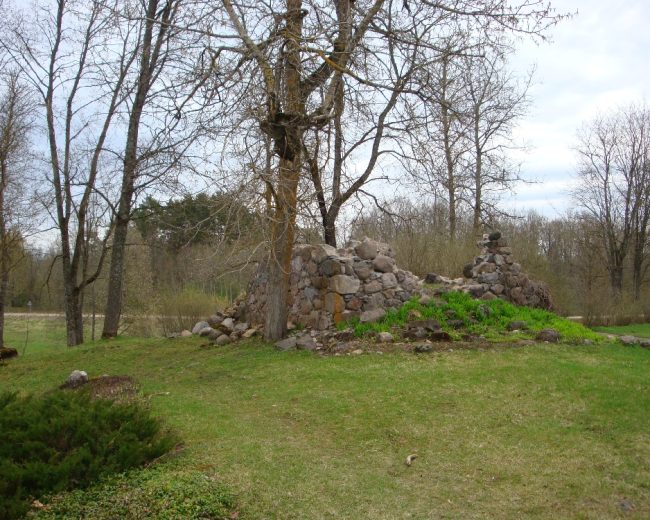
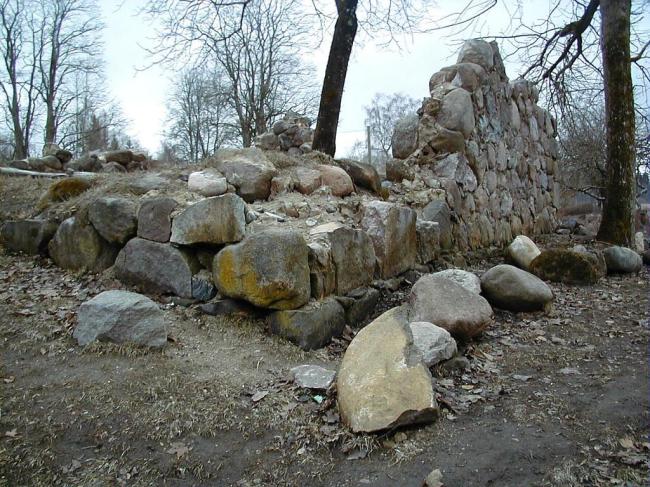
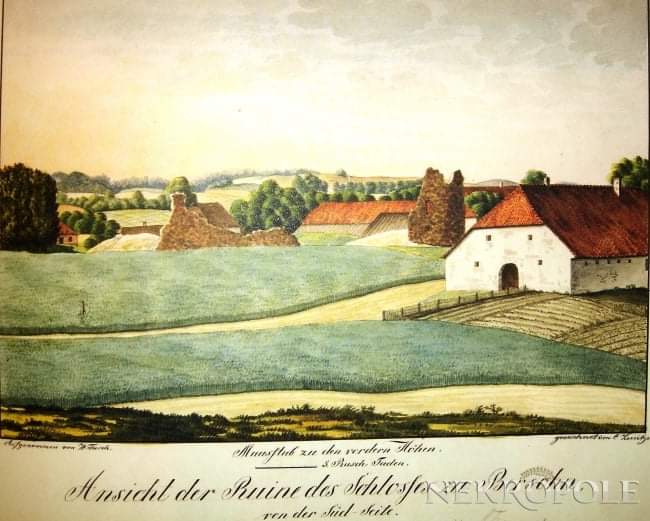
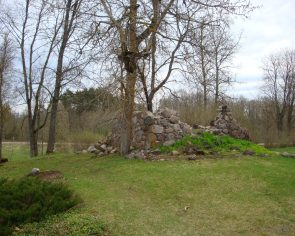
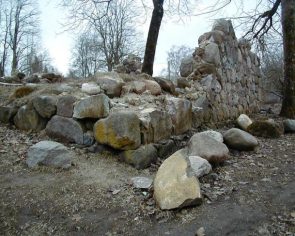
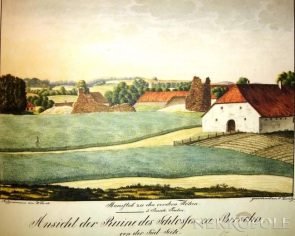
Working time
This place is always available.

